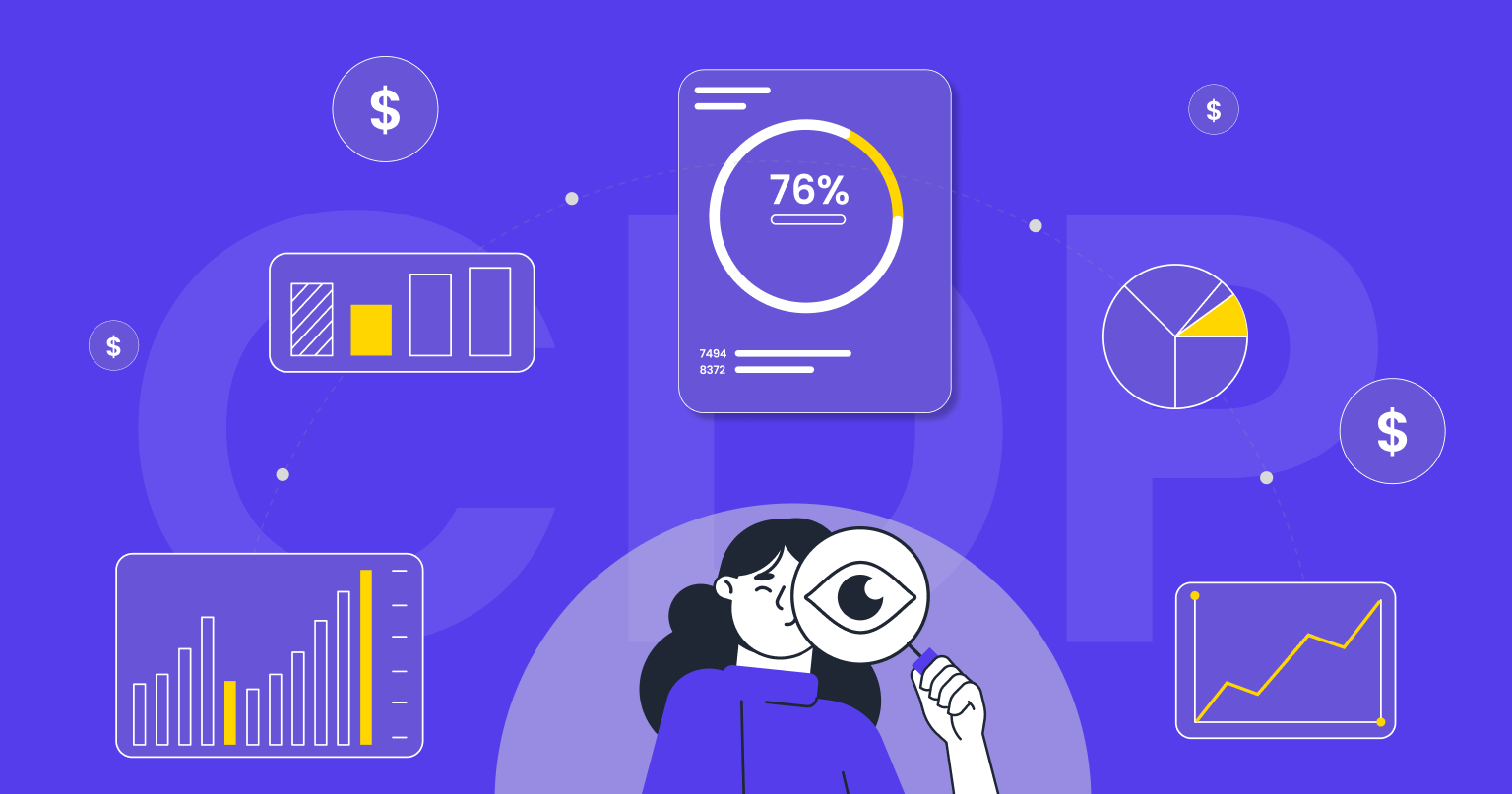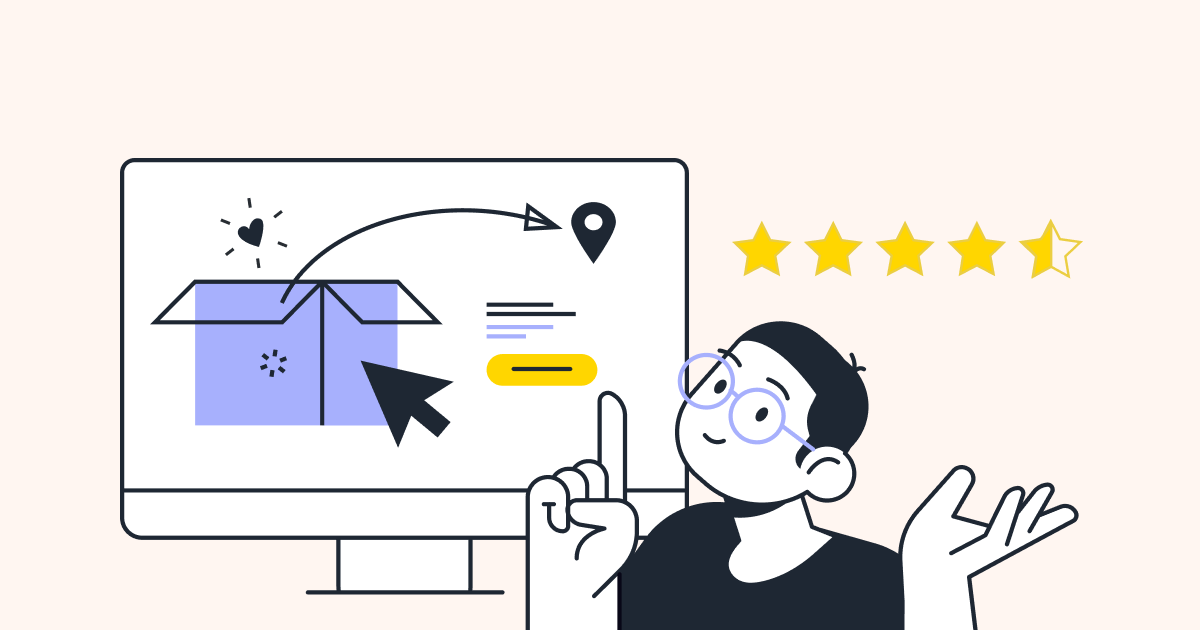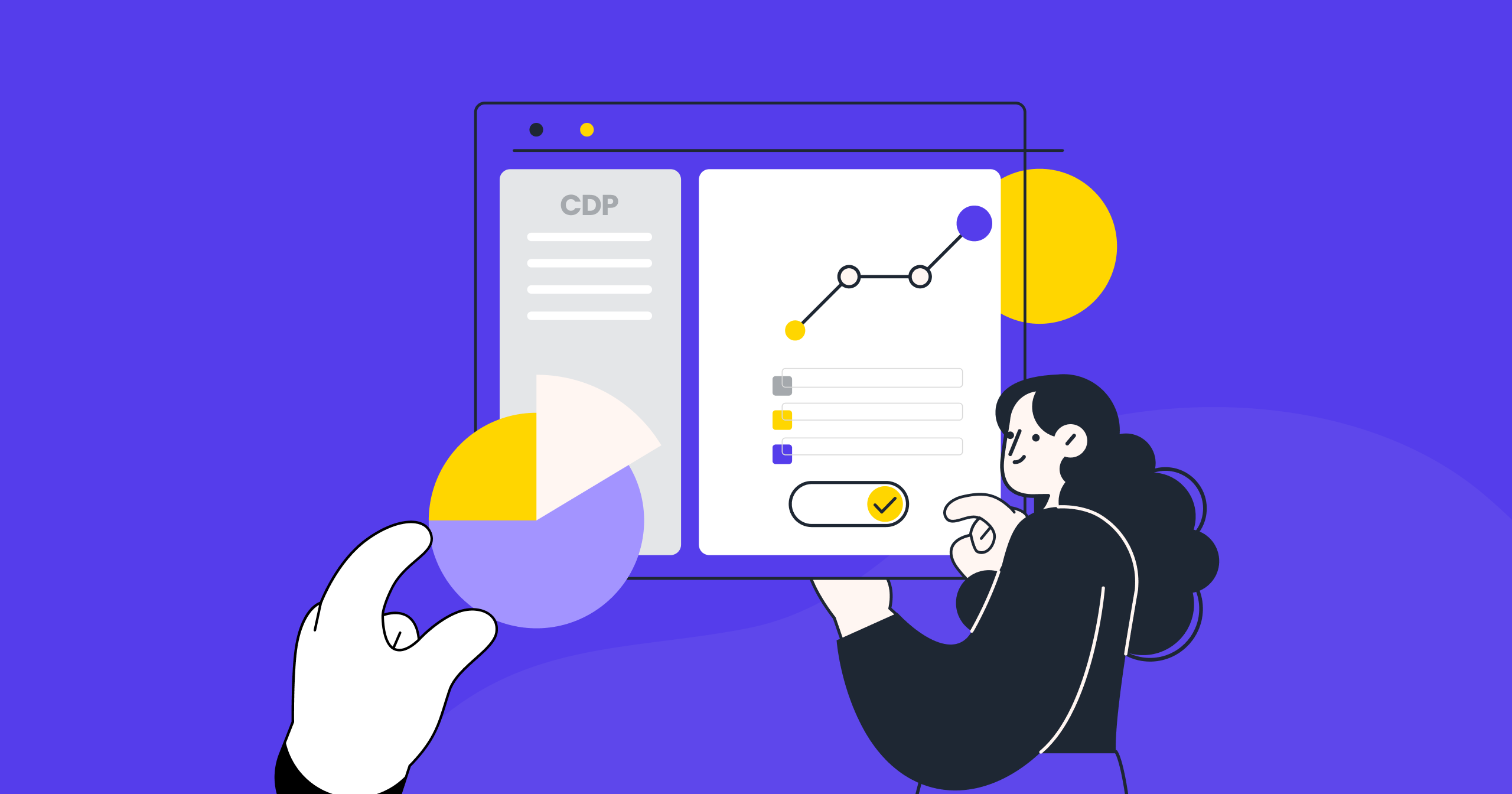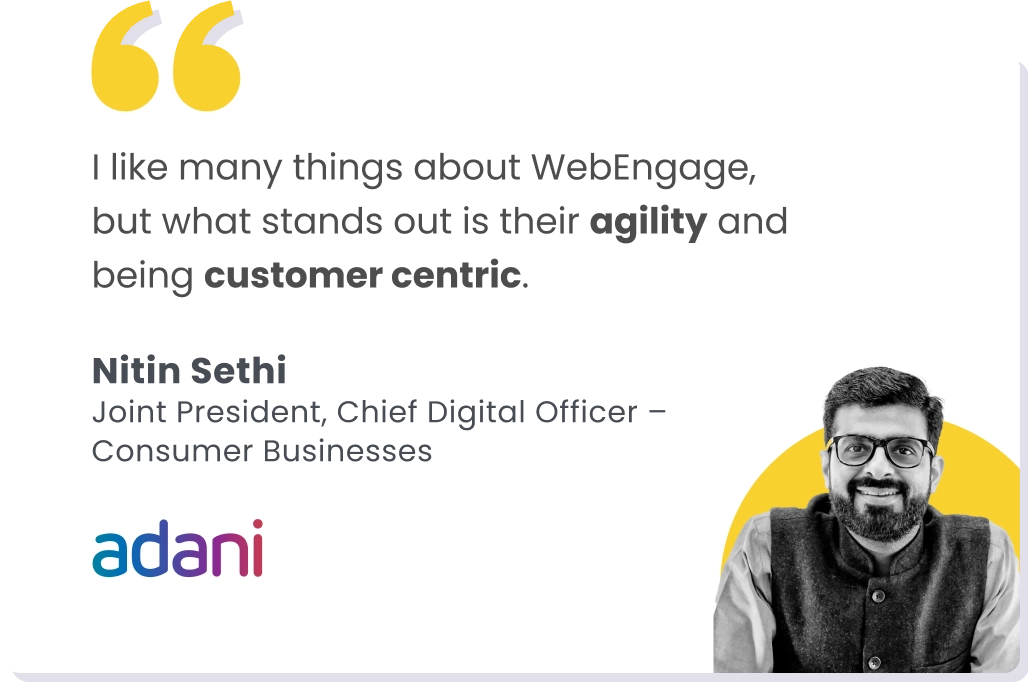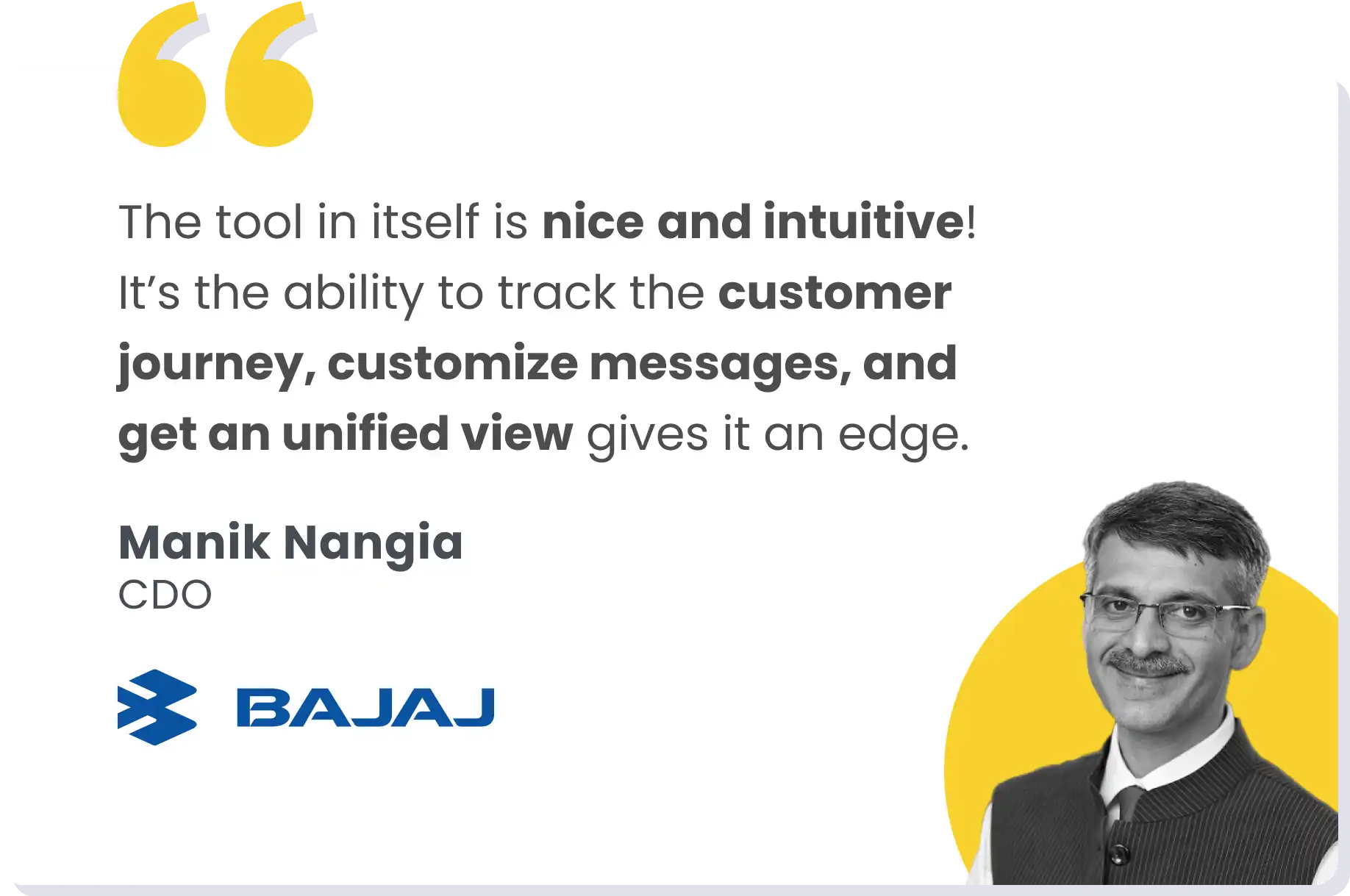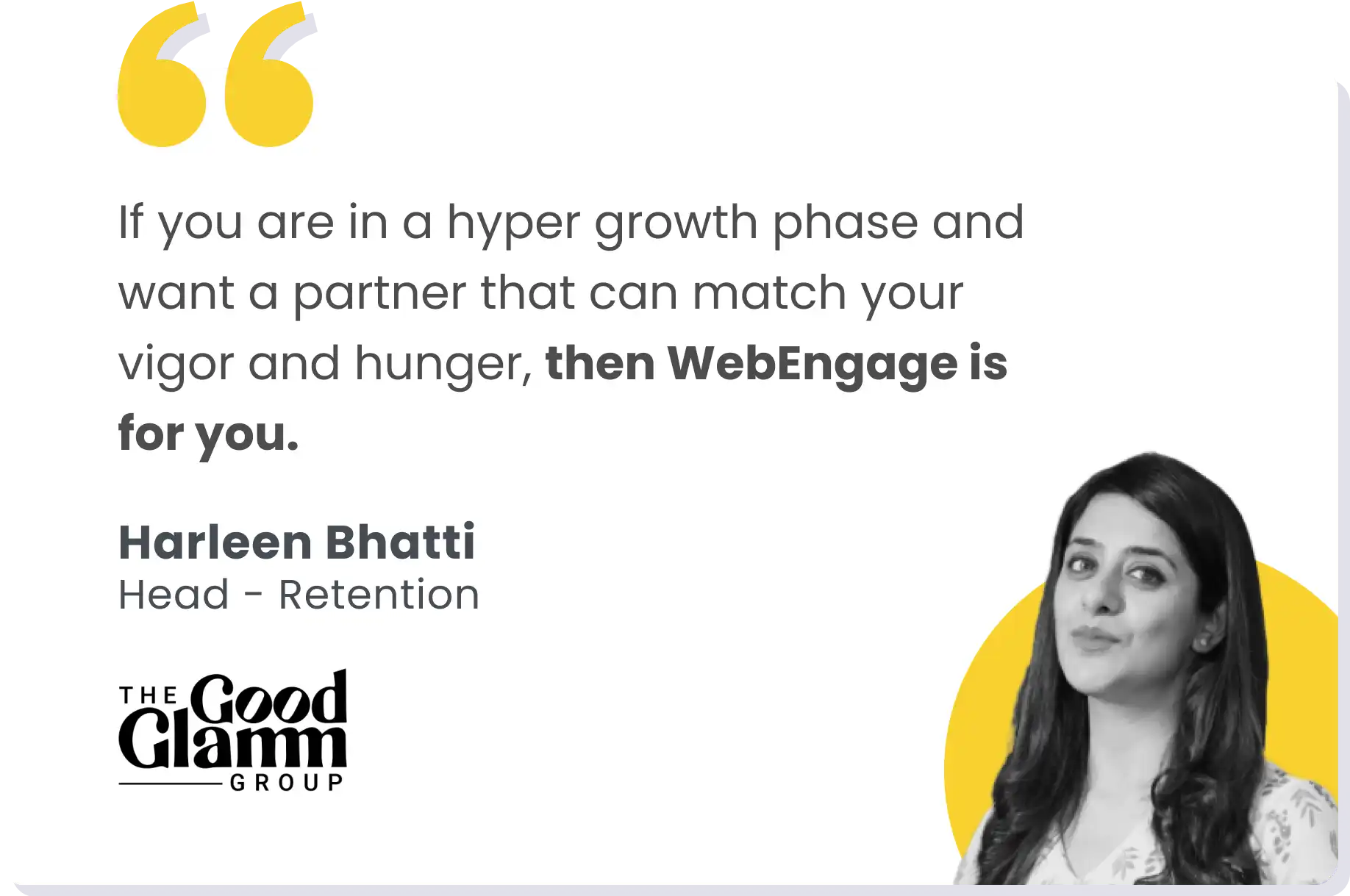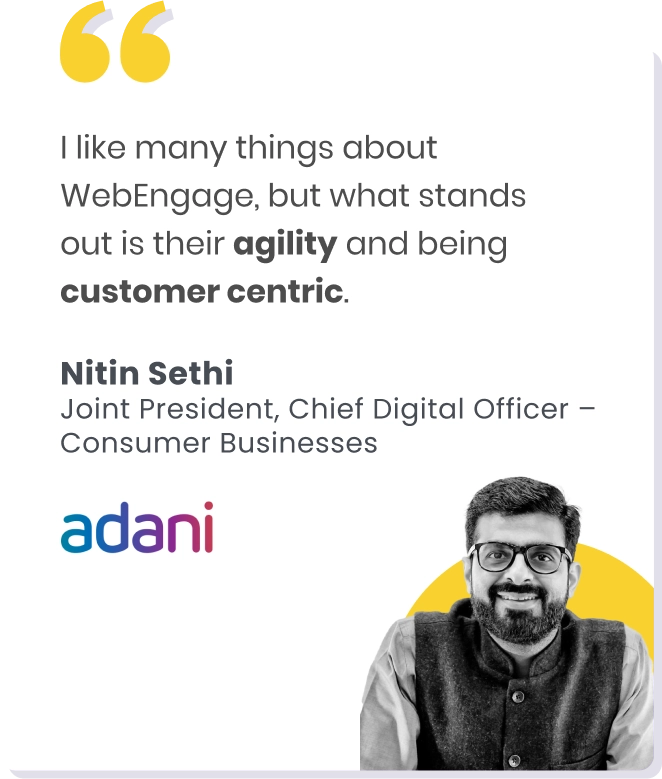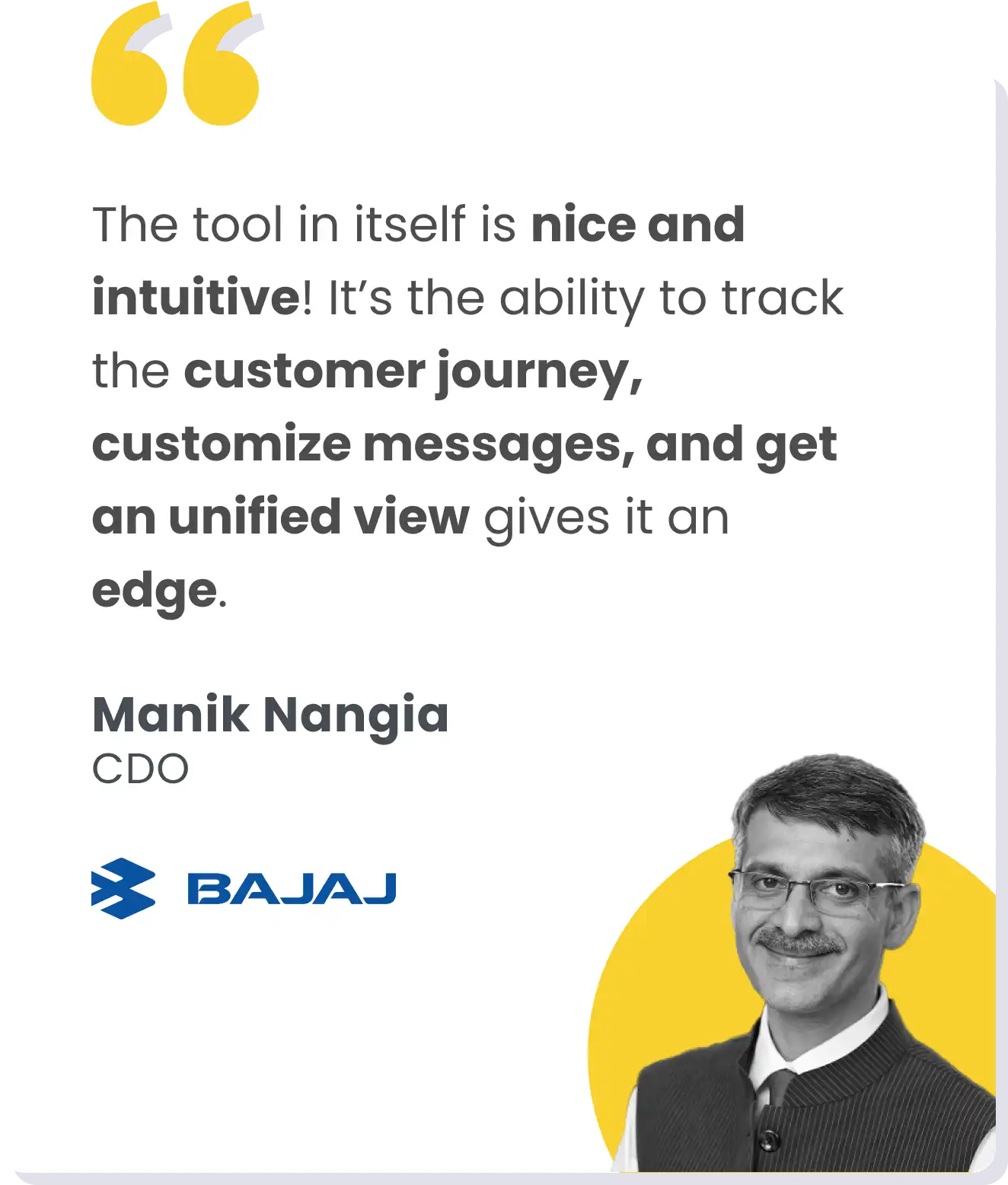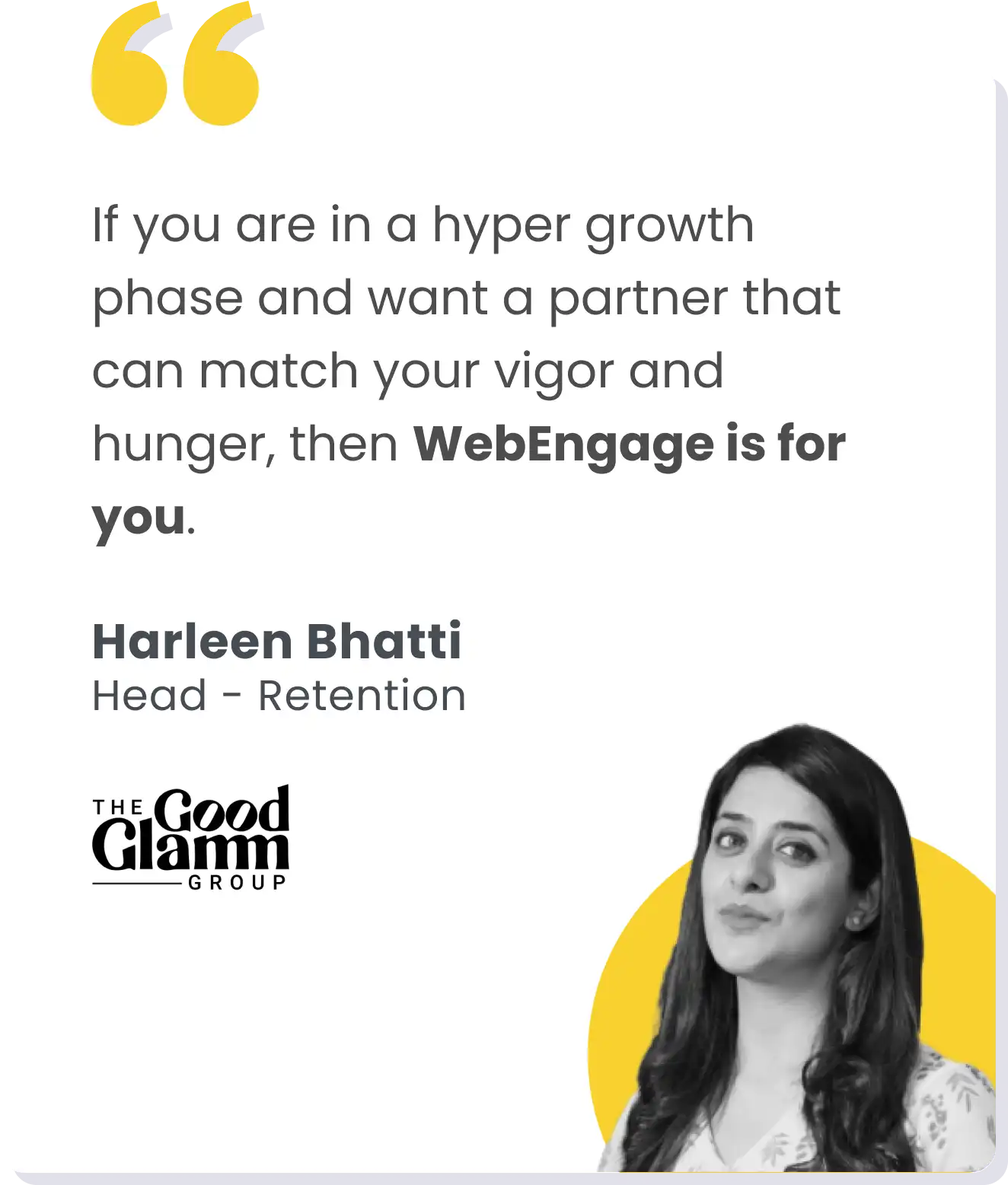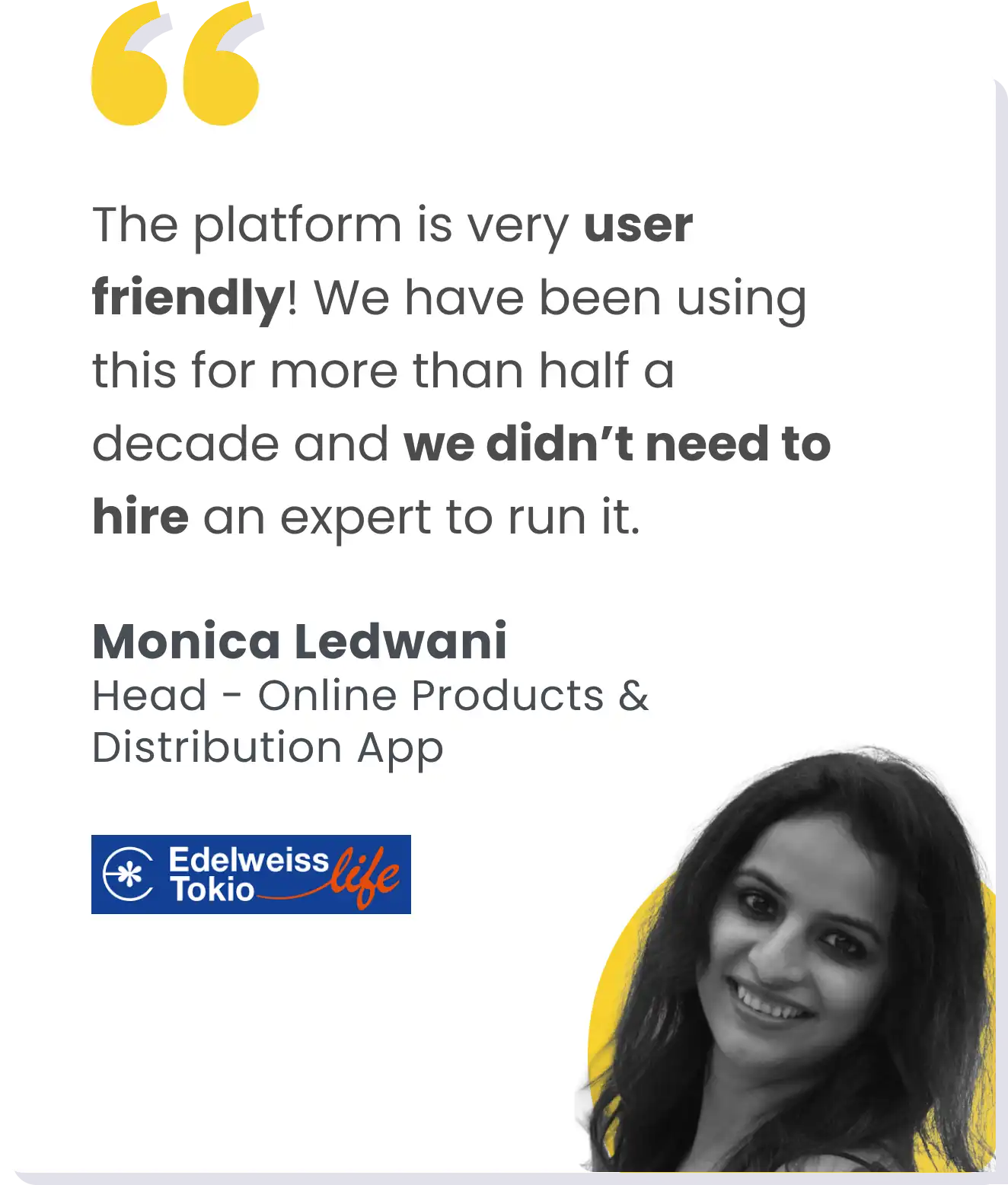Intro: Your Data Stack Isn’t Broken. Your Execution Is.
You’ve got the events flowing. The identities stitched. The CDP set up. And yet—your personalization still looks like everyone else’s.
Churn rate? Flat. LTV models? Outdated. Campaigns? Broad and static.
Most companies don’t have a data problem. They have a decision problem.
1. Identity Stitching Doesn’t Equal Personalization
Unifying customer profiles across sessions and devices? That’s the plumbing.
The real work is in interpreting signals in real time. Can your system:
- Spot buying intent vs. casual browsing?
- Delay a coupon if a user will convert anyway?
- Trigger action based on behavior, not batch timing?
Most CDPs stop at identity stitching. But what you need is a decisioning layer on top of that data.
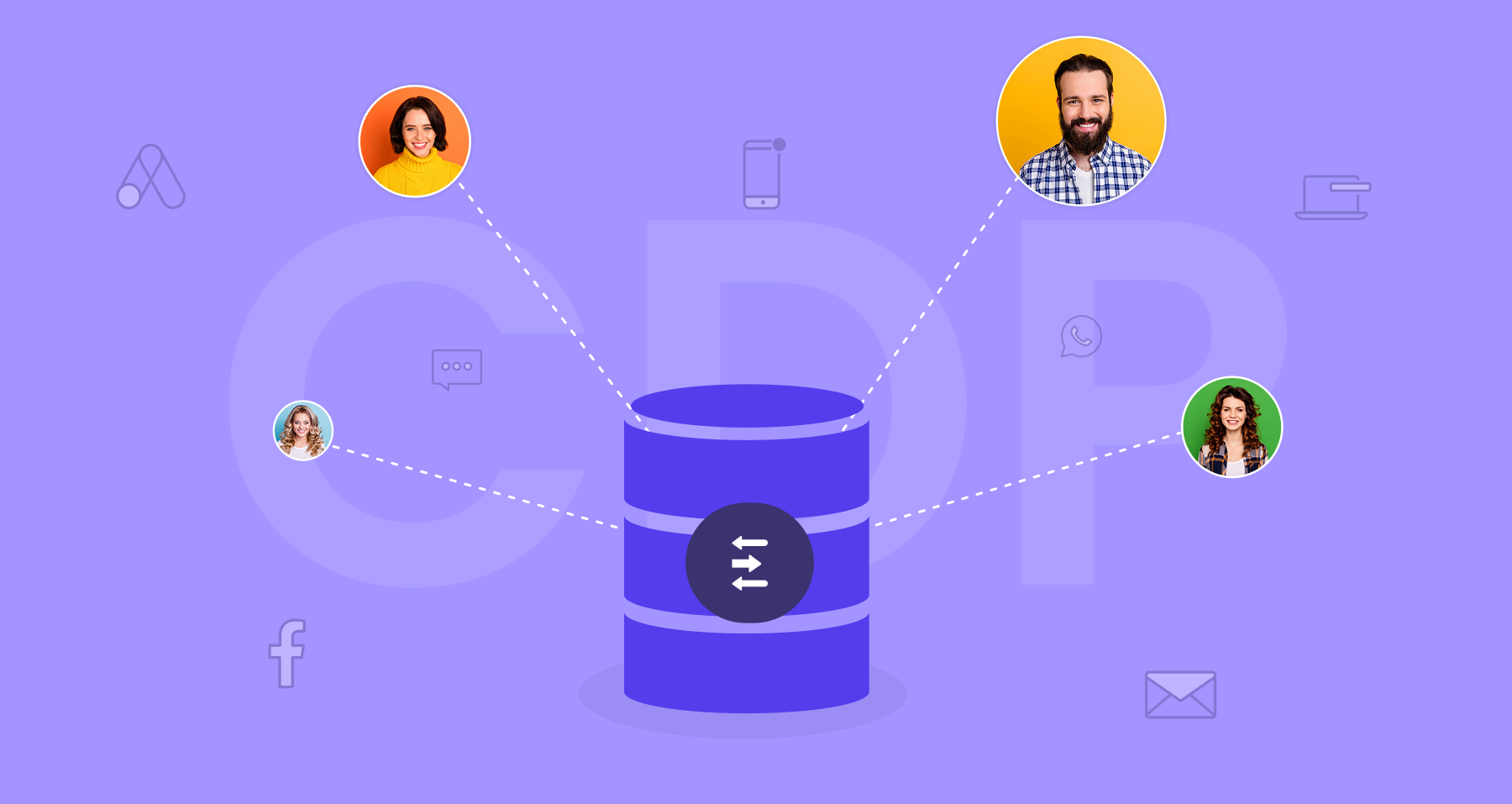
2. You’re Tracking—But Not Triggering
Let’s be honest. We track everything: sessions, scrolls, clicks, cart adds, opens.
But here’s the catch—less than 20% of that data is ever used to trigger a response (Segment).
Most of it sits in logs, unused. Data flows in. It gets stale. The user has already moved on.
The missing link? Real-time decisioning that acts on intent while it’s still hot.
3. Real-Time (ish)?
CDPs love saying “real-time”—but in practice:
- Event lands in ~10 seconds
- Segments refresh every 30–60 minutes
- Campaigns run in hourly batches
It feels like real-time. But it’s not. It’s real-time theatre. And in a world where customer intent lasts seconds, that delay is costly.
4. The Talent Gap You Didn’t Budget For
While CDPs promise plug-and-play ROI, the reality is—they require operators.
You need people who can:
- Define what “intent” looks like in your context
- Score users based on behavior and lifetime value
- Build multi-step journeys that adapt dynamically
Without that kind of talent, even the best CDP becomes a glorified dashboard.
5. What You Actually Need: A Decision Engine
Here’s the shift: You don’t need another data store. You need decisioning logic built into your stack.
WebEngage CDPx helps teams go beyond data collection:
- Build composable data models using events, attributes, campaign variables
- Create dynamic user states like “churn risk” or “ready to upsell”
- Power personalized actions across journeys, relays, and recommendations
And yes, CDPx enables decisions within sub-100ms latency for supported real-time channels.
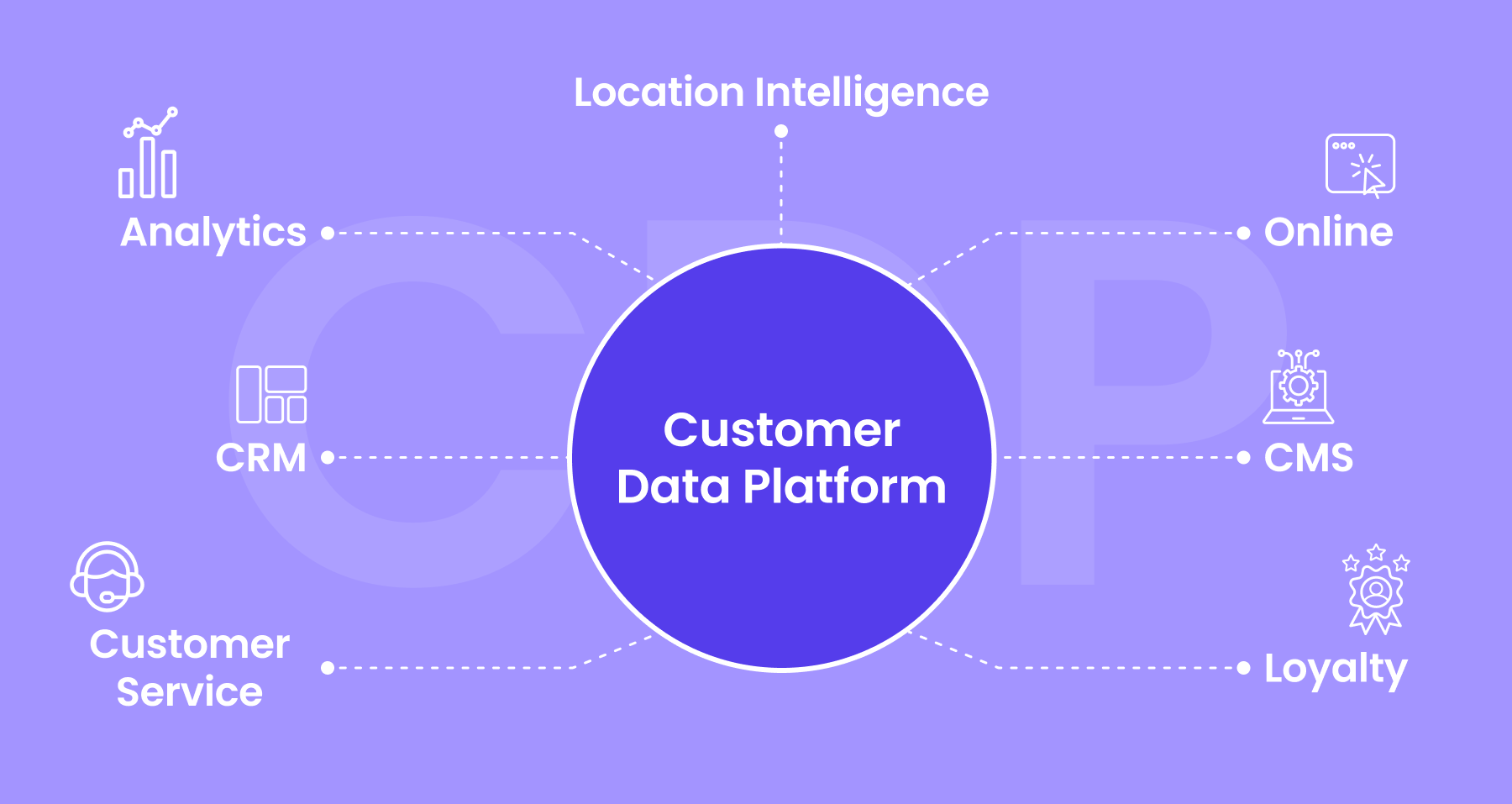
Bonus: The Bi-Directional Advantage
Modern CDPs shouldn’t just collect. They should evolve.
With WebEngage CDPx:
- Enriched profiles and scores flow back into your data lake
- Your lake’s insights power more relevant campaigns
This loop ensures your analytics and activation stay tightly aligned.
The Executive Audit: Ask These 5 Questions
- How many user profiles are actively being targeted?
- Are segments updated dynamically—or set once and forgotten?
- Does decision logic live with your CDP or across 4 tools?
- Can marketers deploy experiments without engineering support?
- Are you measuring ROI beyond vanity metrics like opens and clicks?
If not, your CDP isn’t helping. It’s overhead.
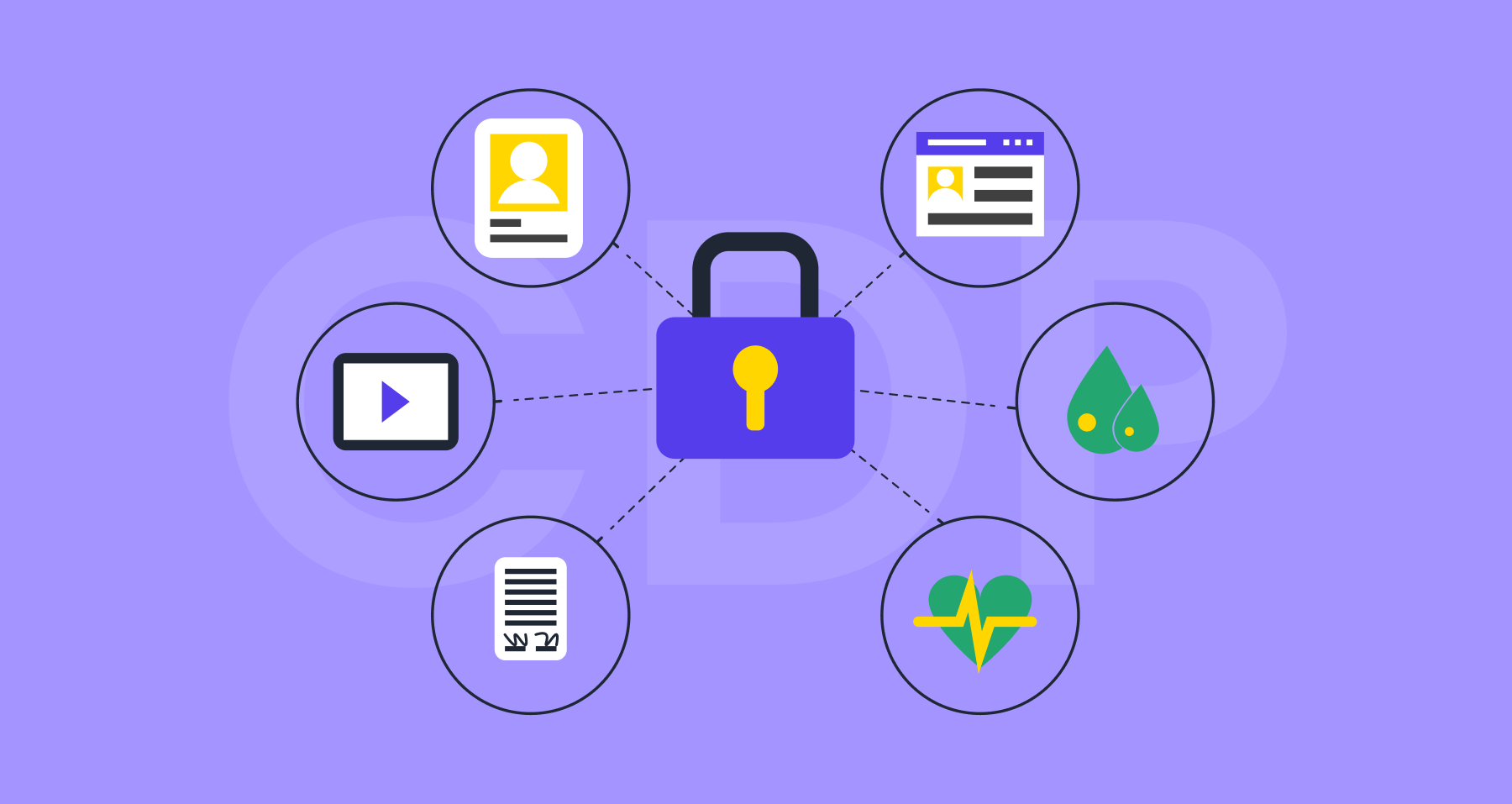
Conclusion: Less Tracking. More Triggering.
CDPs aren’t dead. But what they need to do has changed.
The future isn’t just about profile unification. It’s about activation—real-time, intelligent, evolving decisioning across the customer lifecycle.
“Unifying profiles is step zero. The real question is—what decisions are you driving from that data? Without dynamic scoring, real-time state transitions, and campaign logic that adapts per user, you’re not personalizing—you’re guessing at scale. CDPx was built to shift this paradigm from tracking to triggering.”
— Abhijat Shukla, VP – Data Science, WebEngage
👉 Learn how WebEngage CDPx helps your team build a decision-first engagement engine.
~ With contributions from Abhijat Shukla, VP – Data Consulting Services, WebEngage.
Sources:
https://segment.com/resources/reports/state-of-cdp/


